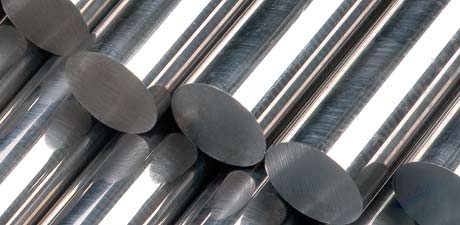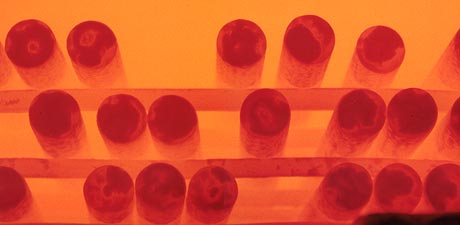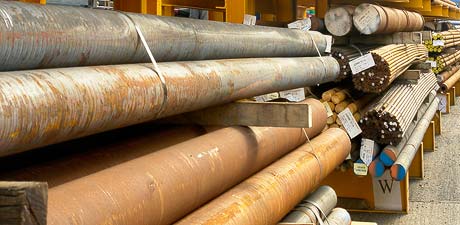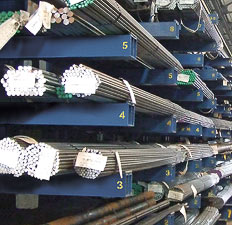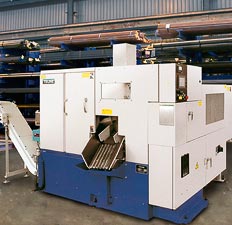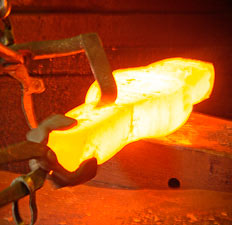Technical Data
Metallurgical Terms
Ag.
Chemical symbol for silver.
Age Hardening.
(See Ageing).
Ageing.
(Age Hardening). A process causing structural change which may occur gradually in certain metals and alloys at atmospheric temperature (natural ageing), or more rapidly at higher temperatures (artificial ageing). As a result of ageing, the proof stress, maximum stress and hardness values are increased, with some reduction in ductility. These effects are caused by precipitation from a supersaturated solid solution so that the ageing treatment is usually preceded by a solution treatment at a much higher temperature. The precipitate may be submicroscopic. There is a tendency to apply the term ‘ageing’ to steels, ‘age hardening’ to non-ferrous alloys. Where the ageing is produced by heating at elevated temperatures, i.e., artificial ageing, the effect is often referred to as precipitation hardening.
Air Hardening Steel. (Self Hardening).
Strictly the term refers to a steel which becomes martensitic, i.e., fully hardened, on cooling in air from above its critical point, and does not require rapid quenching in oil or water, but it may also be applied to varying degrees of non-martensitic hardening, e.g., where the steel, although not wholly martensitic, attains adequate hardness on cooling in air. Such steels are produced by the addition of certain alloying elements which lower their critical range on cooling; a typical example contains 0.30% carbon, 1.3% chromium and 4.5% nickel. It should be noted that sufficiently rapid air cooling can be obtained only if the mass of the steel does not exceed a certain section which varies according to the composition.
Al.
Chemical symbol for aluminium.
Allotropy.
The property possessed by some elements of existing in two or more states (allotropes), differing widely in properties and each stable within certain limiting conditions of temperature and pressure, e.g., carbon has three allotropic varieties, diamond, graphite and amorphous carbon. The allotropy of iron modifies the solubility of carbon, and it is because of this that steel can be hardened. Pure alpha iron (ferrite) exists up to 910°C and pure gamma iron (austenite) from 900° C – 1405° C. Above 1405°C and up to the melting point of 1539° C it exists as delta iron. These temperatures are modified by alloy additions so that in certain steels, e.g., 18/8 and 14% manganese steel, the austenitic condition is stable at room temperature. The lattice of alpha and delta iron is body centred cubic whilst that of gamma iron is face centred cubic.
Alloy Cast Iron.
(See Cast Iron).
Alloy Steel.
A steel to which one or more alloying elements other than carbon have been deliberately added with the object of conferring particular properties upon it, (Cƒ. Carbon steel).
Alpha Iron.
The body centred cubic form of iron which in pure iron is stable and exists up to 910°C. This is the substance which gives steel and cast iron their magnetic properties below the magnetic change temperature.


